Physical Properties Tests
The purpose of physical properties tests is to evaluate materials under the action of physical agents such as volume or weight. Among this type of tests, resistance tests are among the most common.
In addition to the latter, tests such as the one that studies the surface roughness or leak detection are some of the tests covered by this field, in which Infinitia offers its services.
In Infinitia Industrial Consulting we have an advanced laboratory that allows us to perform a wide range of tests for different physical properties of materials.
Durability and resistance
Durability and resistance tests focus on determining these two parameters in a given material. In the first case, durability refers to the useful life of a given material and its ability to withstand environmental or other phenomena such as impacts or loads.
As for resistance, this term refers to the capacity of a material to resist deformation or rupture when subjected to extreme forces or loads. Within this field, different types of tests can be found, such as fracture or impact resistance.
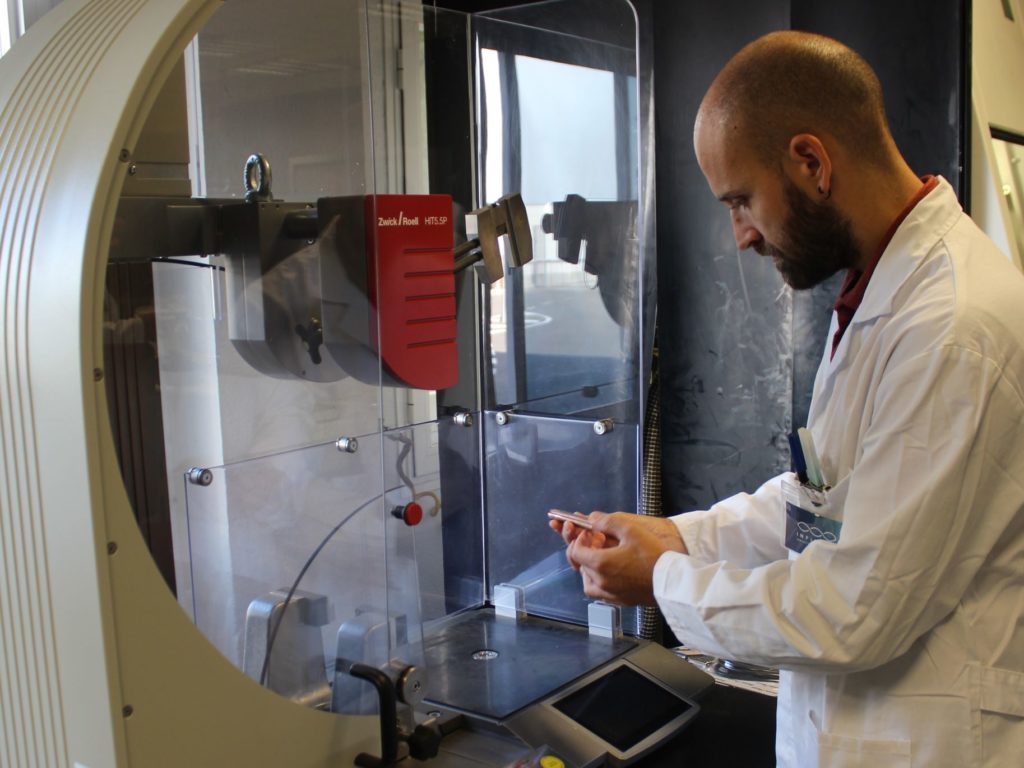
Fracture resistance test
In this case, the test seeks to measure the propensity of a material to propagate a crack. Tests have shown that cracks occur by opening, when two pieces of the material separate in the vertical plane; by edge slippage, when the material splits in the horizontal plane; and by tearing, when the material splits with one piece moving diagonally upward and the other diagonally downward.
When using a material intended for a certain use, we must make sure that no fractures will occur. For this reason, an analysis of the way in which the materials break is carried out. For example, in the case of metallic conductors, the cause of the fracture is established and, ultimately, their redesign is carried out.
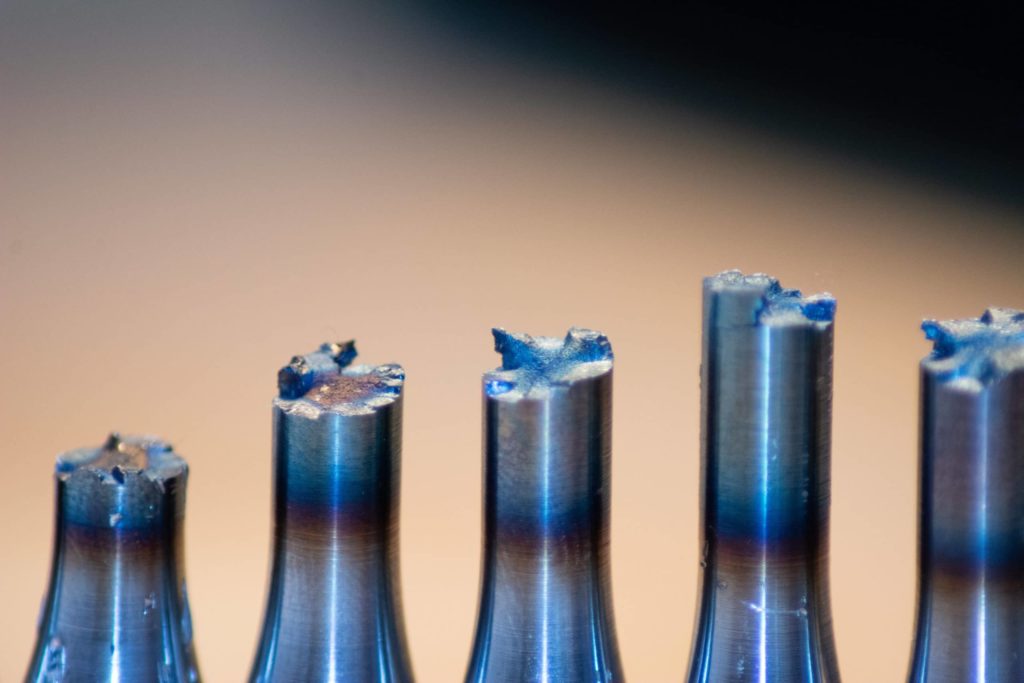
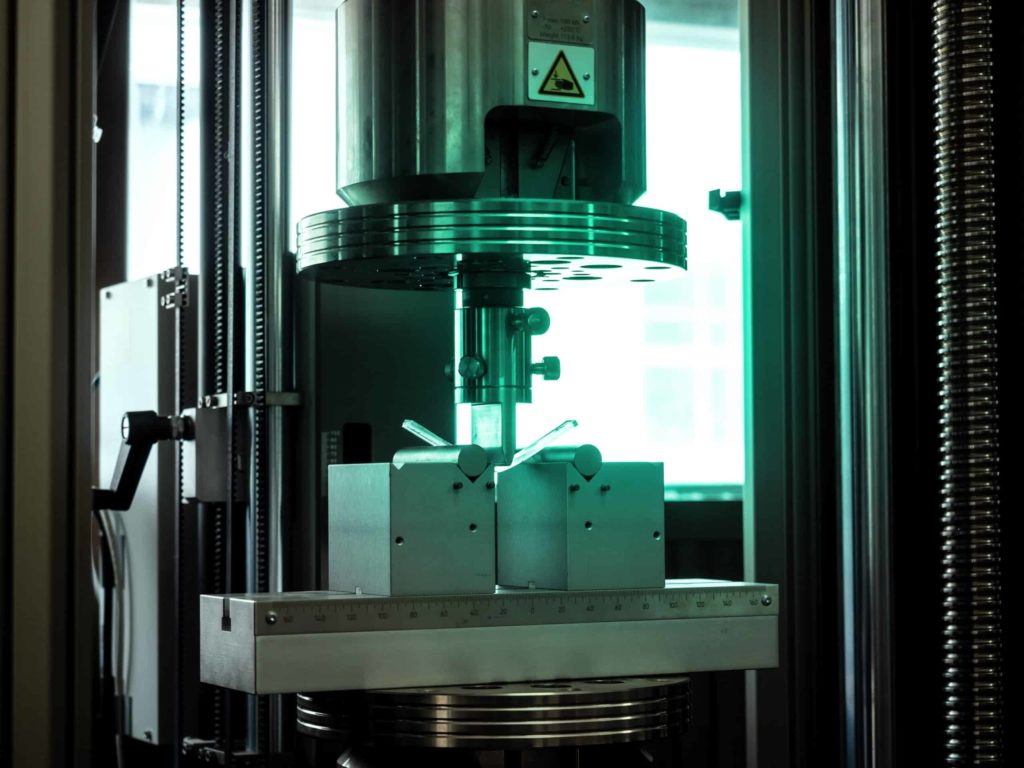
Impact resistance test
Many materials, sensitive to the presence of flaws, cracks and notches, fail suddenly upon impact. The most common impact tests (Charpy and Izod) employ a swinging pendulum to strike a notched bar.
The heights before and after impact are used to calculate the energy required to fracture the bar and, consequently, the impact strength. Non-metals, such as wood, can be tested as supported beams, similar to the Charpy test.
As for environmental conditions, some materials vary their impact resistance depending on the temperature at which they are subjected, some of them becoming, for example, very brittle when they are cold.
Surface roughness
This test will detect the irregularities and particularities that can be found on a surface, often being an undesired result of the manufacturing process. In this way, roughness would be defined by the marks left by those elements that work on the surface during machining, such as tools or chemical factors.
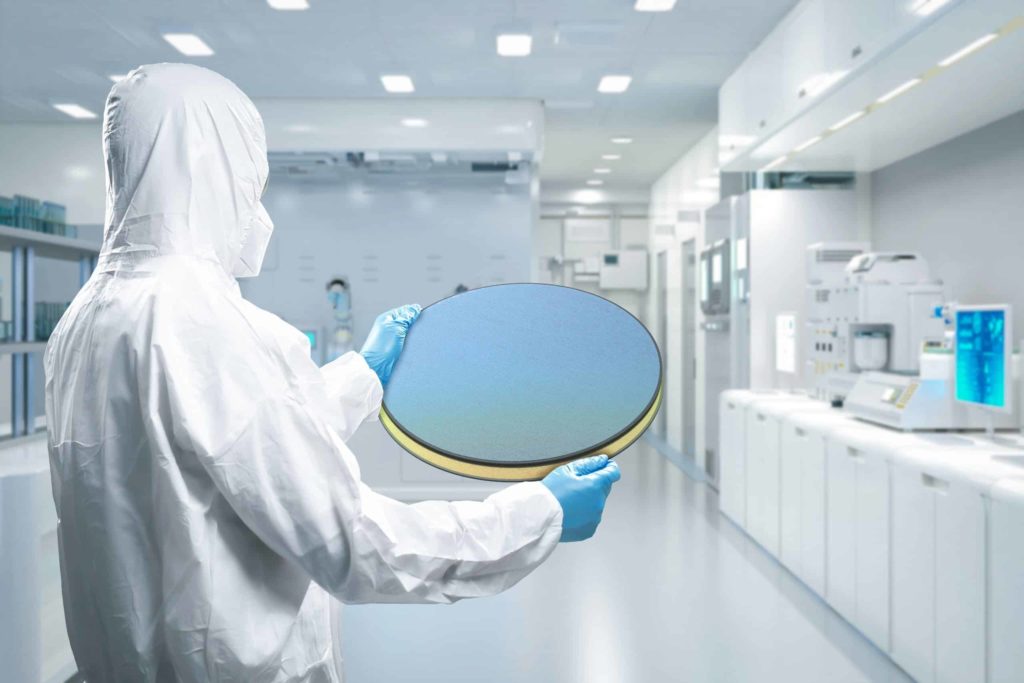
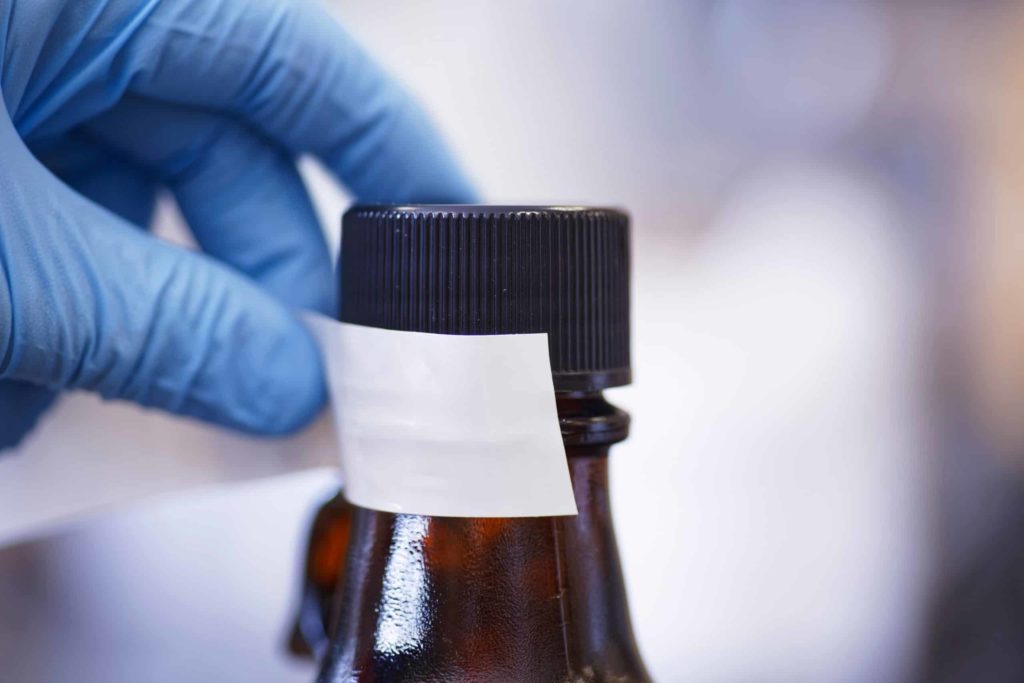
Leak detection and sealing
Tightness tests seek to verify that there are no leaks in a given system in which fluids are present under specific pressures. To carry out these tests are common tests such as:
Vacuum or vacuum box test. In this case, the outside of the material being tested is subjected to a vacuum while a bubbling substance is applied.
Direct bubble test. Pressure and, again, a bubbling solution on the outer surface, are the elements that allow this test to detect possible leaks.
Halogen or helium leak test. In this case, the test consists of introducing these elements as tracer substances and, by means of detector equipment, measuring their presence in the exterior.
